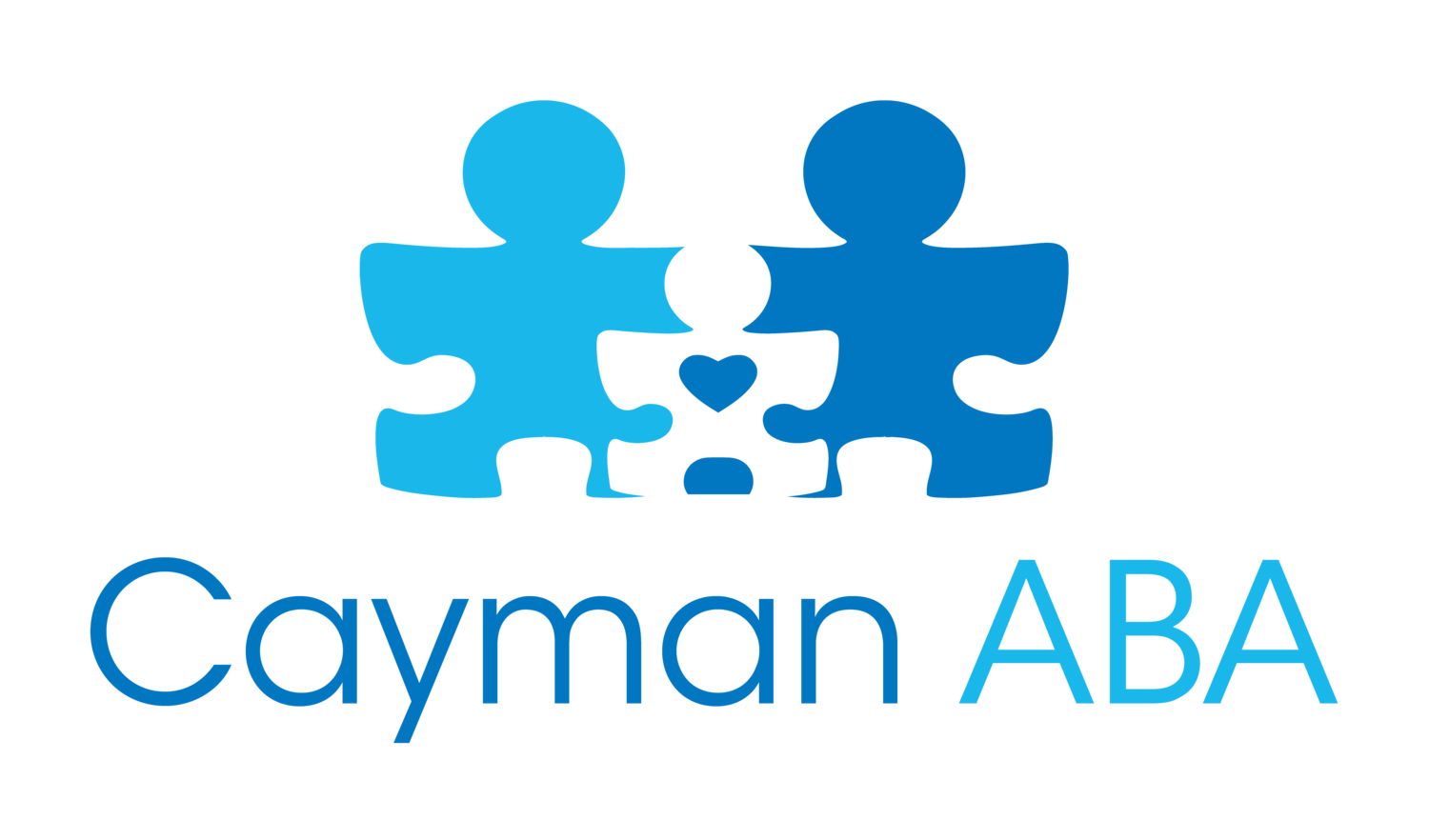Most parents struggle with handling children diagnosed with autism at home. They often have difficulty in getting their children to follow a regular schedule. They encounter a lot of challenges almost every day like a child throwing into tantrums waking up in the morning for school, brushing teeth, dressing, feeding, transitioning, and more. Sometimes, parents find these challenging situations overwhelming. Dealing with children with those disruptive behaviors can be frustrating and really can test the patience of parents.
There are ways to address this problem and one way is to create a structure at home. Creating a structure at home will help you to be in control of the situation and help the children learn to get used to their daily activities without resorting to challenging behaviors.
How do we create and implement a structure at home? You have to create a routine for your child to follow every day and implement rules. Routines teach children what to expect throughout the day. You can create a daily routine by setting up a visual daily schedule of activities. Setting up rules and clear expectations in going through each activity on your daily schedule are very important. It will teach the children what behaviors are acceptable and not acceptable. How do we make this work? There are few ingredients to make this work.
Consistency
After setting up the routines and rules at home, it is vital for you to implement all of this consistently. It means that you need to go through it each day in the same way regardless of the changes of situations that you may encounter at home. At times, as parents, you may be really tired from a stressful day at work and here comes brushing time at night where your child gives you a hard time. You must respond to your child’s behavior the same way every time regardless if you are tired or not, if you are sad or happy, etc. Challenging behaviors are less likely to occur again if you use the same consequence. For example, you don’t give the iPad or the toy train not unless the child brushes his/her teeth and the same thing happens when the child doesn’t put his/her clothes in the hamper. You do this even if you are tired and sleepy every time it happens.
This goes the same thing when your child is complying with all the routines and rules in place. Don’t forget to reinforce every moment your child is calm and just following your instructions. Reinforce heavily as if you are the happiest mom/dad in the world. Be consistent as well in giving reinforcement no matter what you are going through or what you are feeling. Like for instance, you reinforce the child each time he/she puts the utensils in the sink or puts away his/her toys. You do this even if you are busy with some other house chores and make an effort to give time to praise the child. Your consistent response to each behavior will help those behaviors happen more often.
Predictability
Daily routines and rules help children with autism know what to expect for the day and know how parents or other family members will react to their behaviors. Setting up daily routines and clear expectations will help these children know what is expected and what is going to happen. For example, your child knows that if he throws the toys instead of putting them away, no iPad. Another example, your child knows that after dinner, he/she needs to take a shower, put on sleeping clothes, brush teeth, and 5 minutes time with the iPad before bedtime.
Follow-through
Following through is having the child do and complete a demand (e.g., brush teeth) before he/she can have the preferred item (e.g., iPad). You follow through using prompts (e.g., physical prompt, visual prompt, gestural prompt, model prompt, etc.) if the child is not complying. The child can only have the reinforcing item/ activity or can only move to the next activity on the schedule until he/she completes the given task. Parents must do what you say you will do in response to the child’s behavior. If you say that the child can only have the iPad after brushing his/her teeth then don’t give in and give up to those challenging behaviors that you may face (e.g., throwing the toothbrush, running out from the washroom, etc.) and don’t give the iPad if brushing teeth is not done. If the child complied with the instruction right away and he/she finished brushing his/her teeth, then reinforced heavily by praising the child ‘Well done brushing your teeth.’ and giving the iPad immediately as promised. To be consistent and predictable, we need to follow through. Follow-through is crucial in both good and challenging behaviors.
Setting up routines and rules at home will help children with autism and their families cope with various challenges they may encounter every day. Consistent routines and rules for these children help create order and structure their day, which makes their life more predictable. A structure at home will help these children learn to follow the routines and rules accordingly specifically if parents follow through, and if they are consistent and predictable. Things will go more smoothly when both parents and the child know what to expect.

